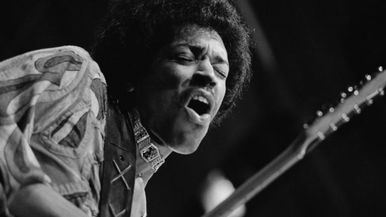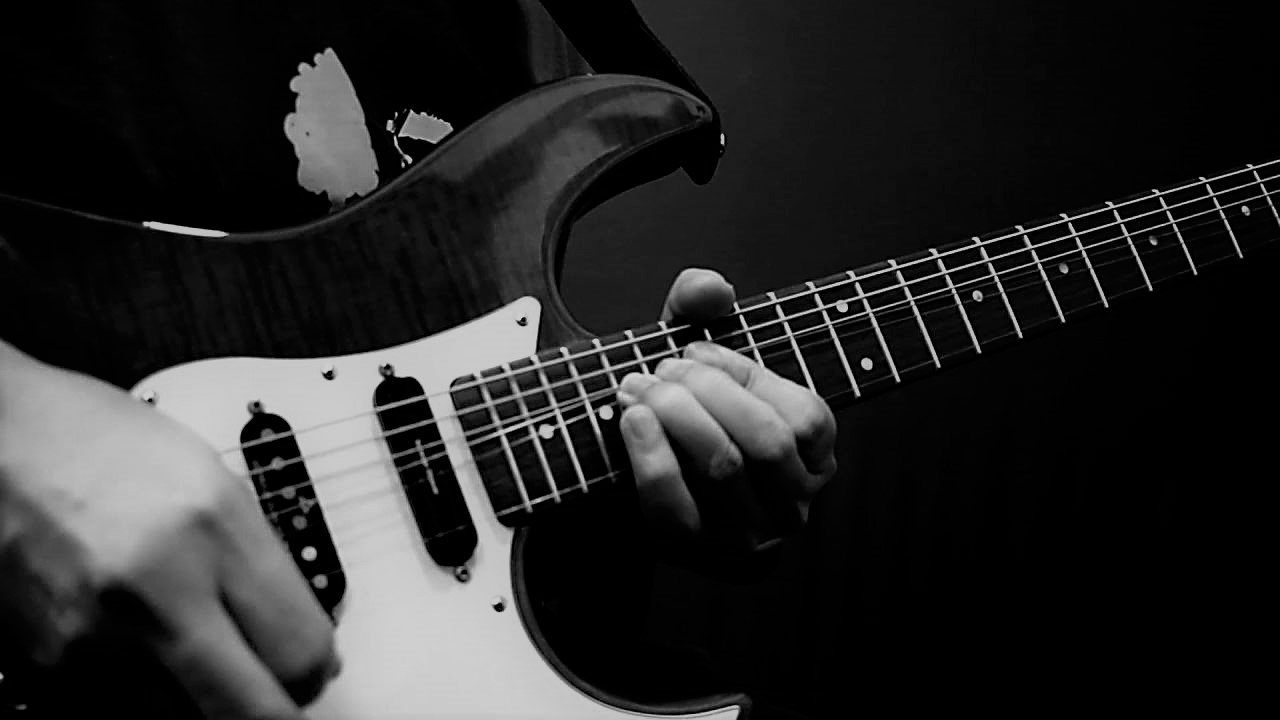Little Wing is a great tune to practice on as the progression forces you to be melodic and think about your phrasing. You can of course wail over it with the E Minor Pentatonic scale and it’ll sound okay; the thing is there’s a big opportunity to carve out a memorable melodic solo here, rather than just mindlessly running up and down a scale pattern.
What are the Chords?
I’ll often ask students to improvise over Little Wing for me, so I can see where they’re at, and more importantly, how they approach a solo. I’ll then ask them to play me the chord progression. You probably won’t be surprised to find out that very few of them know the chord progression they’re soloing over, or they make a lot of mistakes, or play a very simplified cowboy chords version. Other instrumentalists are often bewildered by the fact that a guitarist can solo convincingly over a chord progression without even knowing what that progression is!In this lesson we’re going to learn the chord progression but we’re also going to embed it into box 1 of the E Minor Pentatonic scale, and the two boxes either side of it up at the 12th fret by using triads.What I want you to do is play through the chord progression using triads. In the following diagrams you’ll see them superimposed over the E Minor Pentatonic scale, but just play the triads (in red) for now.
E Minor

G Major

A Minor

E Minor

B Minor

A Minor (slide down to this chord from the previous one using the same shape)

C Major

G Major

F Major

C Major

D Major

Practice the chord progression like this until you no longer need to refer to these diagrams. You should notice a couple of things here: 1) where these triads are in relation to the E Minor Pentatonic scale, and 2) that the progression contains notes from outside the scale that could be used to great effect when soloing.
Blending
When you feel comfortable with the triad chord progression, try blending it with the E Minor Pentatonic scale. Go easy on yourself at first and just add in the odd note here and there – if you get lost, you’re going too fast because you should always know/visualize where the next triad is. Continue blending the triads with the scale, which is pretty much Hendrix’ thought process on this tune, until you can accompany your own solo and not get lost.
Icing on the Cake
Now switch your attention to the scale but keep in mind where the triads are; this should make your soloing a whole lot more melodic with the added bonuses of not getting lost and knowing which notes from outside the E Minor Pentatonic scale will sound good and when.
If you still find yourself getting lost, go back a step in the process as you’re most likely rushing it. After a while what happens is that you’ll start to bring out those triad patterns over the chord progression quite naturally, and this will make your solo really stand out.
Try this with a chord progression or song you’re working on. Simply reduce the progression to triads and play them as close together on the fretboard as possible, then start blending them with the scale pattern you would normally use to improvise.
If you like the idea of improvising based on triads, check out How to Create Melodic Guitar Solos and our eBook Melodic Soloing in 10 days.



